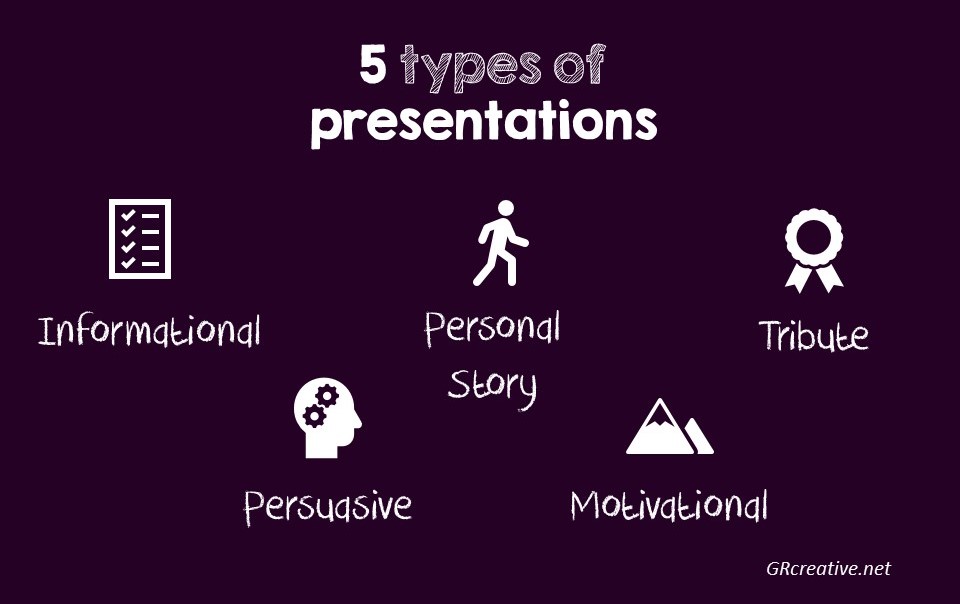Informational ("What I know…")
Status reports, conference research presentations, issue overviews…this is the most common presentation and inherently the most boring. The presenter is focusing on a simple transaction, transferring information to their audience.
- Follow the What->So What->Now What test to make sure you select only the most essential information and keep it relevant to your audience’s needs.
Personal Story ("What I learned…")
Stories help illustrate greater truths, they also humanize concepts in a way that facts and data simply can’t. The best stories provide entertainment on the way to a lesson.
- Adhere to the drama triangle, that all stories have tension and there is usually a hero, a victim, and a villain.
- The hero needs to be fighting against something in order to ideally benefit the greater good. But, before you go and constantly make yourself the hero of every story, remember humility helps sell lessons learned.
Tribute ("What I admire…")
This approach is inherently emotional since it usually commemorates one of life's big moments: awards, weddings, retirement, and even eulogies. Your job is to make the case for the actions and impact of another, by illustrating how they’ve been special and made a difference.
- By and large, be careful not to insert too much of yourself into a tribute.
- You are a witness to someone or something's greatness, not the focus.
- In fact, one of the nicest and most compelling things you can say about another person is that you could never or could only ever hope to accomplish what they have.
Persuasive ("What I believe...")
In any pitch, you are diagnosing a problem, proposing a solution, and selling the benefits of that solution. There is still a very personal element to that line of thinking, which you can use to your advantage.
- Develop your persuasive argument by incorporating the three pillars of persuasion: ethos (personal values), pathos (emotion), and logos (logic).
- By mixing each, you can build the strongest act of persuasion possible.
Motivational ("What world I want to live in…")
They are about making people "see the stars" and are built on aspirations. Often, the motivational approach is the opposite of persuasion, because you ask the audience to dream and have faith, not consider numbers, data, or even precedent. Because you have a lot less concrete information to speak from, this approach is the most likely to make use of famous quotations, historical achievements, and "what if" thinking.
- A good place to start when planning a motivational talk is by recognizing prevailing thinking and looking for ways to challenge validity.

